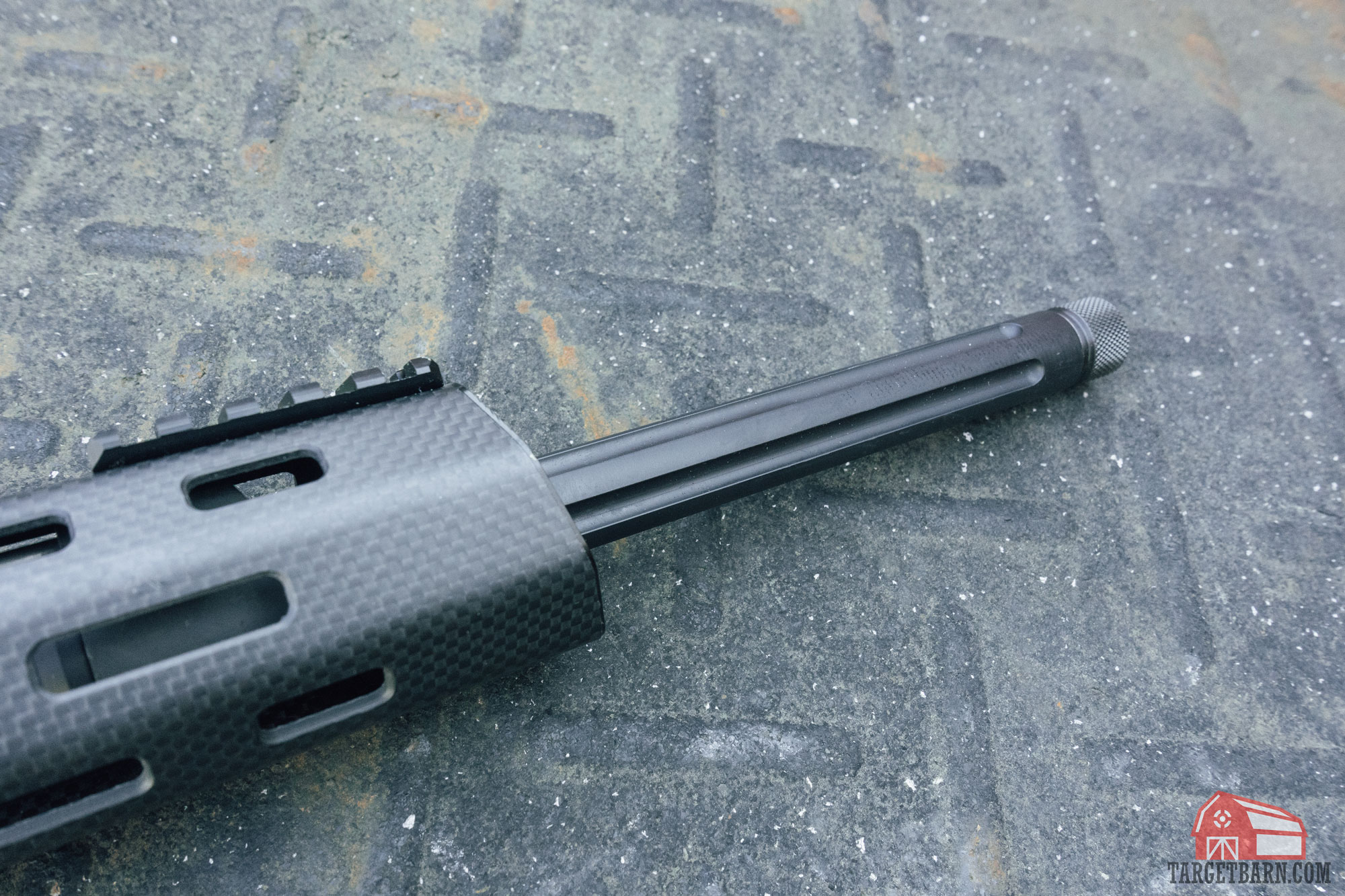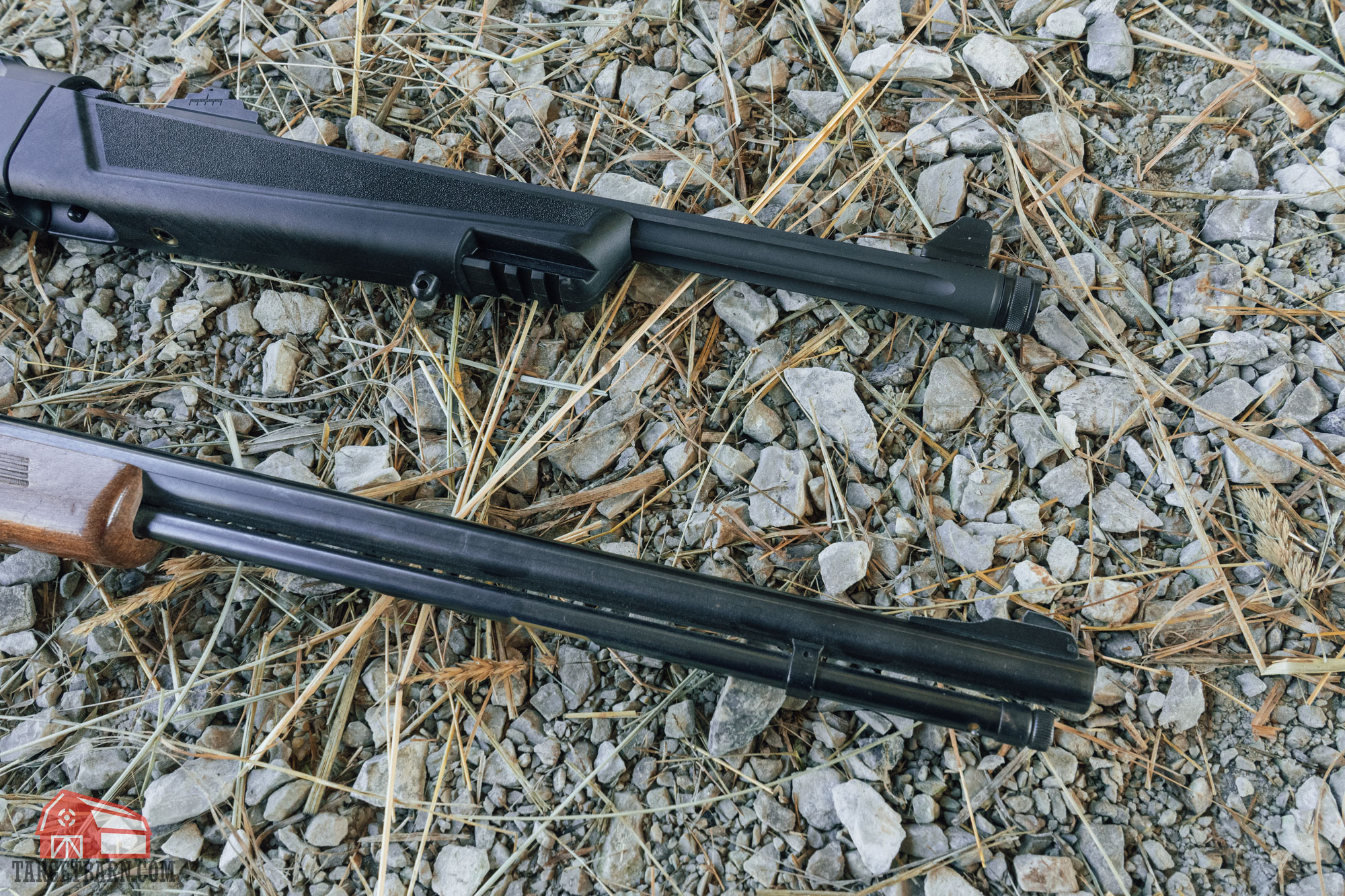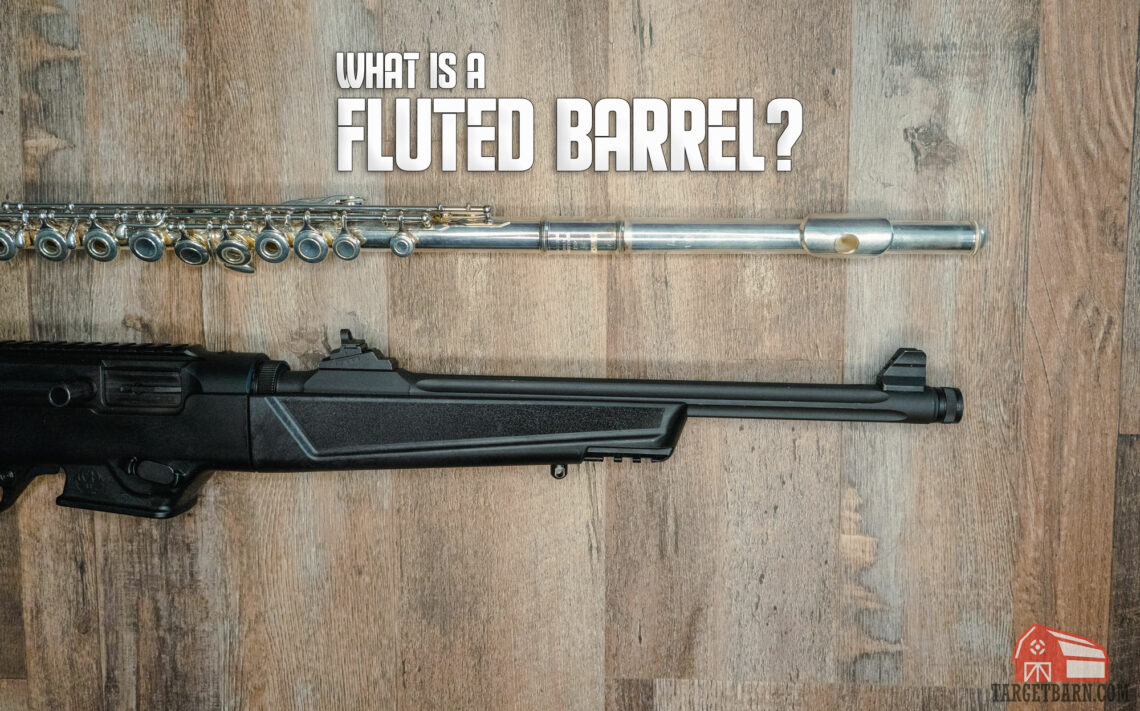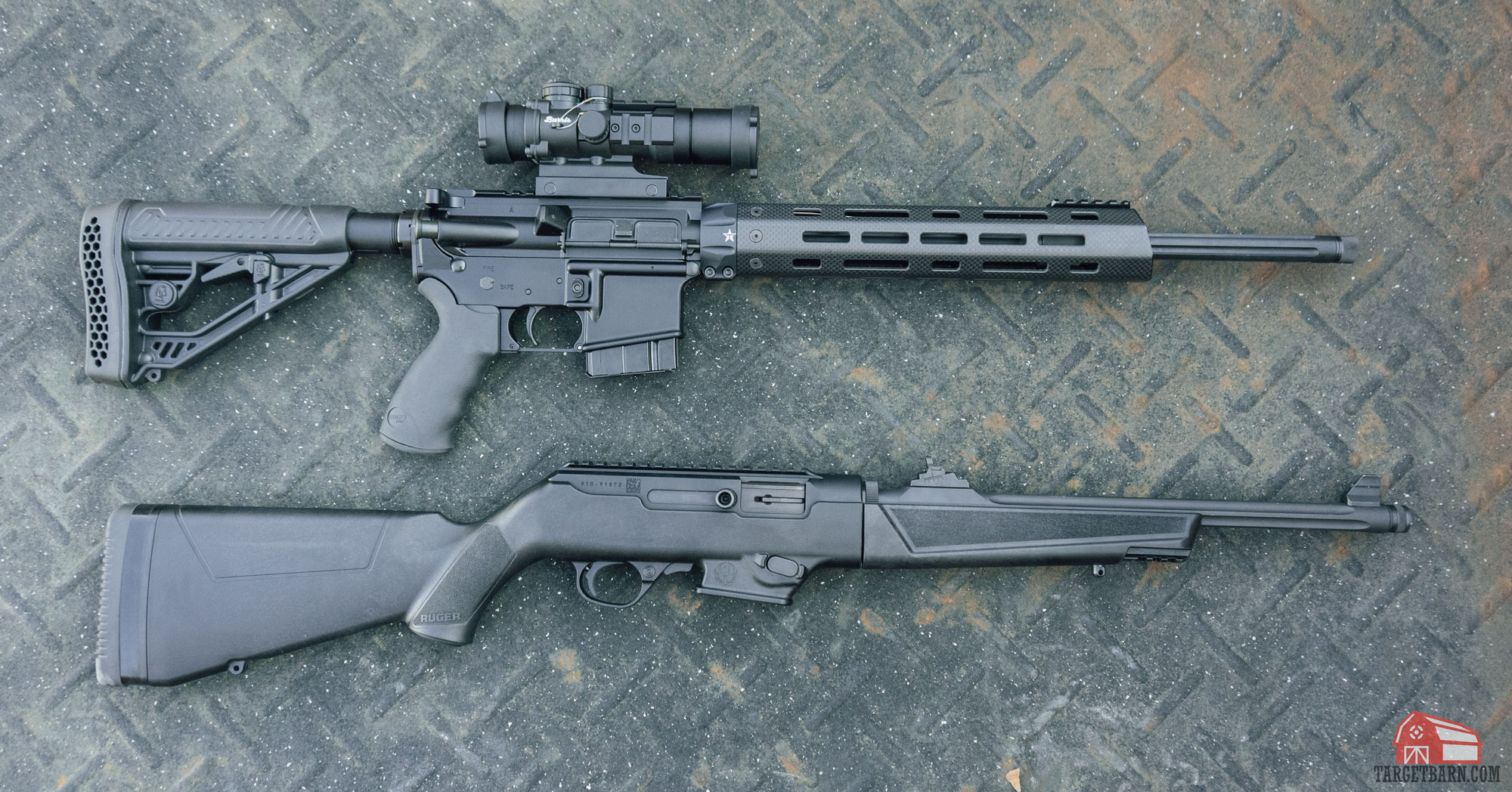Something you might hear when shopping for a new rifle is the term fluted barrel. You likely already understand why the interior of a firearm’s barrel is rifled. Rifling imparts gyroscopic stability to a bullet, thus granting it greater accuracy before it tears out of the muzzle. But you may have wondered why some rifle barrels appear to have rifled exteriors: long, helical grooves spanning their lengths. What you have noticed isn’t rifling. It’s fluting.
What is a Fluted Barrel?

A fluted barrel is a barrel that has grooves on its exterior. These grooves may be straight instead of helical, and they may appear on both rifle and handgun barrels. What is the point? Is it to make the firearm look cooler? Yes – in part. But fluting’s advantages aren’t solely cosmetic. It can actually enhance a firearm’s functionality in a couple of significant ways – but it can impair its performance as well.
Benefits of Fluted Barrels
The benefits of a fluted barrel include:
- Reduced weight
- Accelerated heat displacement
- Aesthetics
Fluting Reduces Weight
This advantage of a fluted barrel is easy to appreciate. Once you have removed some metal from a barrel to create its flutes, it will necessarily weigh less. The exact degree of weight reduction depends on the barrel’s type and length, as well as the quantity, depth and length of the flutes themselves. That said, you can reasonably expect to lighten a rifle barrel by 4 to 12 ounces once you have fluted it. This can be a good choice to lighten up AR-15 style rifles, especially those chambered in rounds like 6.5 Creedmoor and .300 Blackout.
Fluting Accelerates Heat Displacement
In many cases, a rifle’s point of impact will change depending on its barrel’s temperature. A barrel will heat up faster when it contains less metal. In effect, because a fluted barrel heats up faster, it can reduce the number of shots you have to fire before the barrel achieves a steady temperature and consistent point of impact.
On the flip side, a fluted barrel also cools faster. It contains less metal to retain heat, and it has more surface area from which to displace heat. Fluting can therefore prevent overheating. Furthermore, you will not have to wait as long for the barrel to fully cool after firing, so you can anticipate a more consistent point of impact when you are only firing intermittently.
Fluting Looks Nice
Surely military firearms should be designed to perform as reliably as possible before their aesthetics are taken into account. If you were in charge of arming your nation’s military, you would probably decide to invest into developing more reliable firearms – or, barring that, a greater quantity of somewhat less reliable firearms. What you would not want is to invest your limited resources into creating more aesthetically pleasing firearms. Losing a war is not worth the price of impressive rifles.
But we civilians aren’t obligated to be so practical. Many people think a fluted barrel looks nicer – and, dare we say it, cooler – than a smooth, cylindrical one. They want a pretty rifle, they’re willing and able to pay for one, so they get to enjoy having one. Even if you disagree with them, you’ve surely got better things to do than disparage others’ aesthetic choices.
Disadvantages of Fluted Barrels

Some disadvantages to having a fluted barrel include:
- Reduced rigidity
- Can damage barrel (after-market fluting)
Fluting Reduces Rigidity
A rifle’s barrel may seem totally inflexible, but it does in fact whip around a tiny bit during ignition. If you are firing rapidly, the bullet may exit the muzzle before the barrel has returned to its original position. Obviously, that will impair accuracy – noticeably so if you are firing over longer distances.
Just like putting a crease in a sheet of metal increases its rigidity, so too should putting flutes in a barrel. Right? Wrong! In fact, removing metal from a barrel only has the effect of weakening it. In reality, fluting a barrel does not shorten the amount of time it spends whipping around after ignition. It lengthens it, thus weakening accuracy during rapid fire.
Fluting Can Damage a Barrel
When it is done correctly, fluting is created precisely. If the flutes aren’t identical to one another, the barrel will absorb heat inconsistently and potentially crack. Poorly milled flutes may also force the barrel to stretch in certain areas, thus making its rigidity inconsistent and impairing overall performance. In short, if you have your barrel fluted, make certain to choose a competent gunsmith, like those at Krieger Barrels. But even if you do, your rifle barrel’s manufacturer may void their warranty.
The Takeaway
To recap, you may want a fluted barrel for better cosmetics, accelerated heat absorption and dissipation, or overall weight reduction. But contrary to popular belief, fluting does not enhance accuracy by making a barrel more rigid – the opposite is true. Finally, take caution that a carelessly fluted barrel will become substantially weaker and more vulnerable to damage.












